Photos: Europa, Mysterious Icy Moon of Jupiter
Simulated View from Europa's Surface
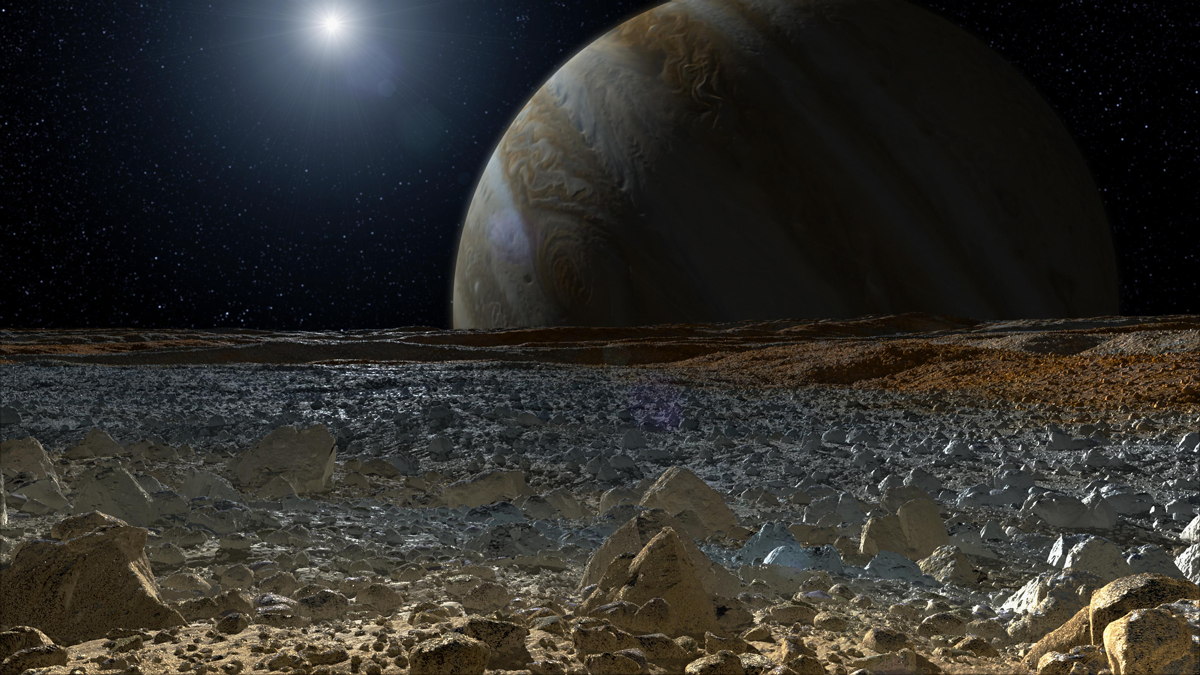
Artist's concept showing a simulated view from the surface of Jupiter's moon Europa, with the giant planet looming over the horizon.
Europa's Frigid Surface Could Be a Hot Spot of Chemistry
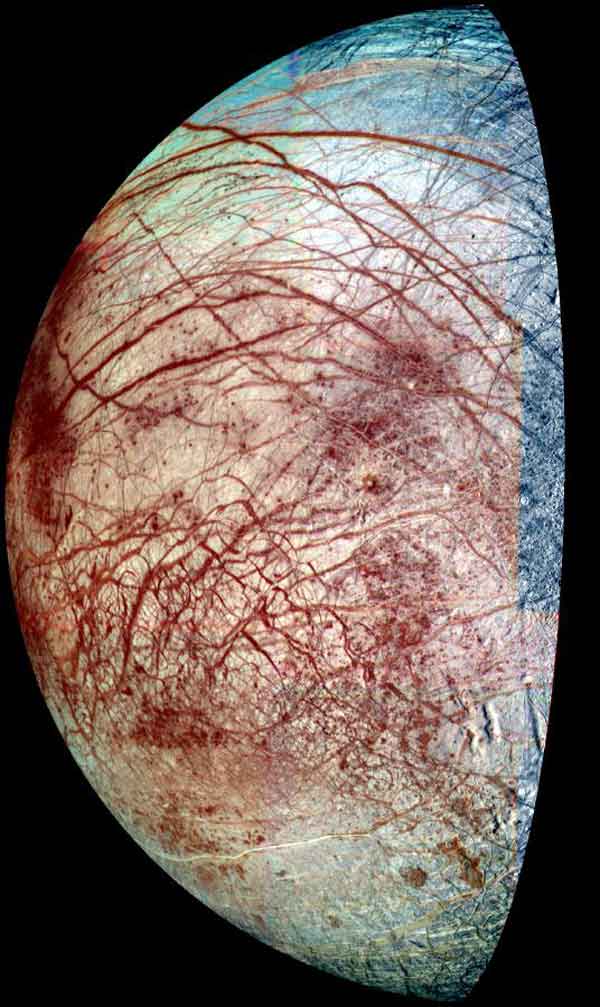
Europa, a moon of Jupiter, appears as a thick crescent in this enhanced-color image from NASA's Galileo spacecraft, which has been orbiting Jupiter since 1995. The view combines images taken in violet, green and near-infrared filters in 1998 and 1995. The colors have been stretched to show the subtle differences in materials that cover the icy surface of Europa.
Io and Europa Meet Again
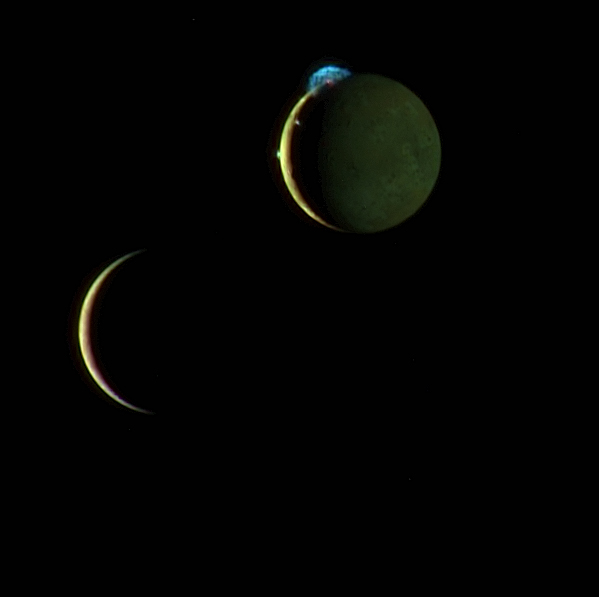
This beautiful image of the crescents of volcanic Io and more sedate Europa is a combination of two New Horizons images taken March 2, 2007. Io steals the show with its beautiful display of volcanic activity.
Rare Arctic Springs Hold Clues to Jupiter's Moon Europa
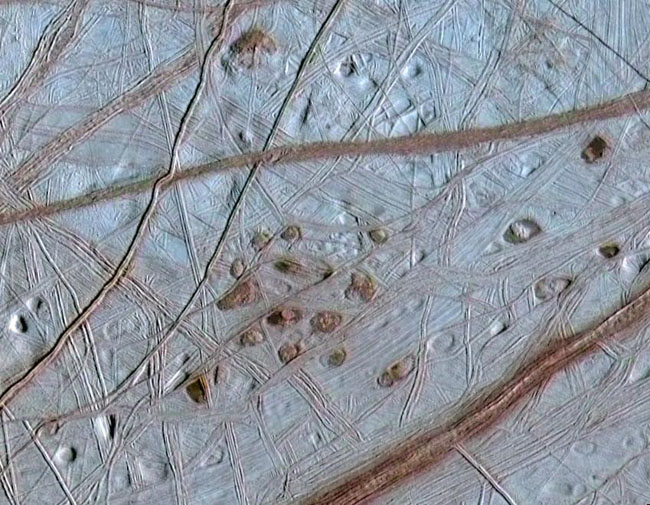
The surface of Europa. Sulfur-rich materials there are concentrated along geological features and may reflect the composition of the subsurface ocean. Image from the Solid-State Imaging instrument onboard Galileo.
Europa's Hidden Ocean?
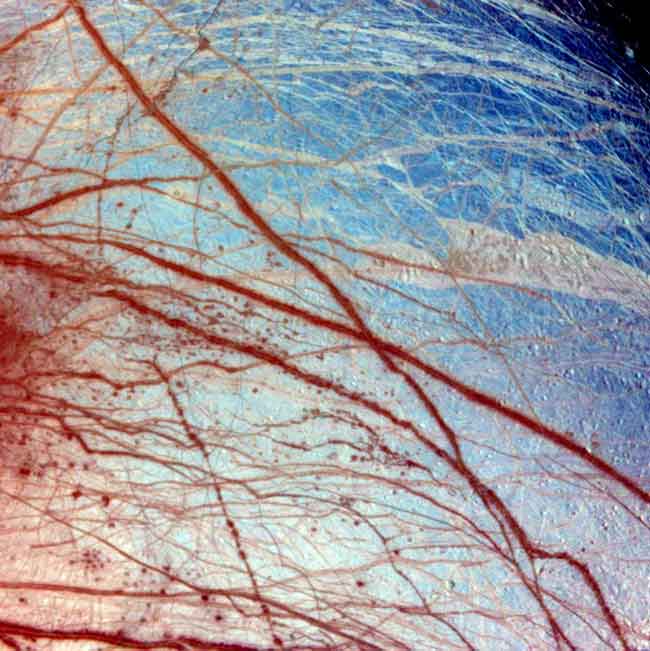
Europa, a moon among many circling Jupiter, appears to have a putative ocean hidden under its frozen surface crust. Tougher cameras, however, will be necessary to scope out the water regions beneath its shell of ice.
Impact on Europa
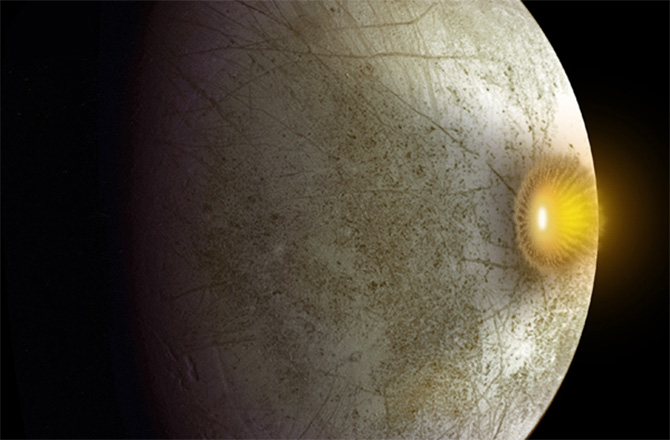
Artist's impression of an impact event on Jupiter's moon Europa.
Europa's 'Chaos Terrains'
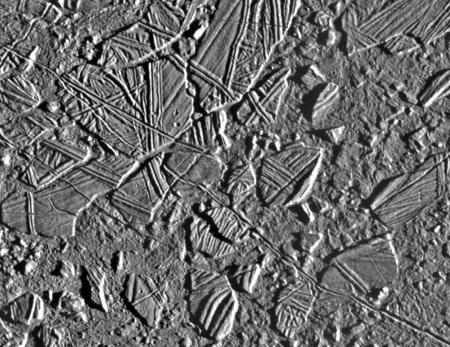
On Europa, "chaos terrains" consist of regions where the icy surface appears to have broken apart, the broken pieces moved around, and then those pieces froze back together.
Get the Space.com Newsletter
Breaking space news, the latest updates on rocket launches, skywatching events and more!
Chaos Regions on Europa
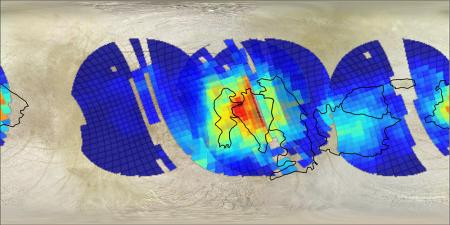
A map of Europa shows a few large areas with large concentrations of what are thought to be salts.
Jupiter, Europa & Callisto
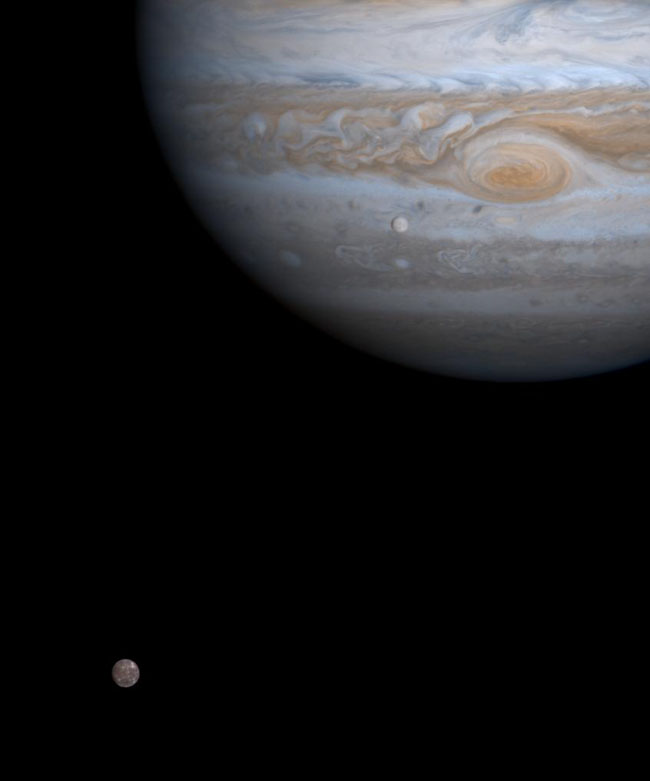
NASA's Cassini spacecraft captured this image on Dec. 7, 2000, just as two of Jupiter's four major moons, Europa and Callisto, were nearly perfectly aligned with each other and the center of the planet.
Artist's interpretation of NASA's Jupiter Europa Orbiter, part of the joint NASA-ESA Europa Jupiter System Mission
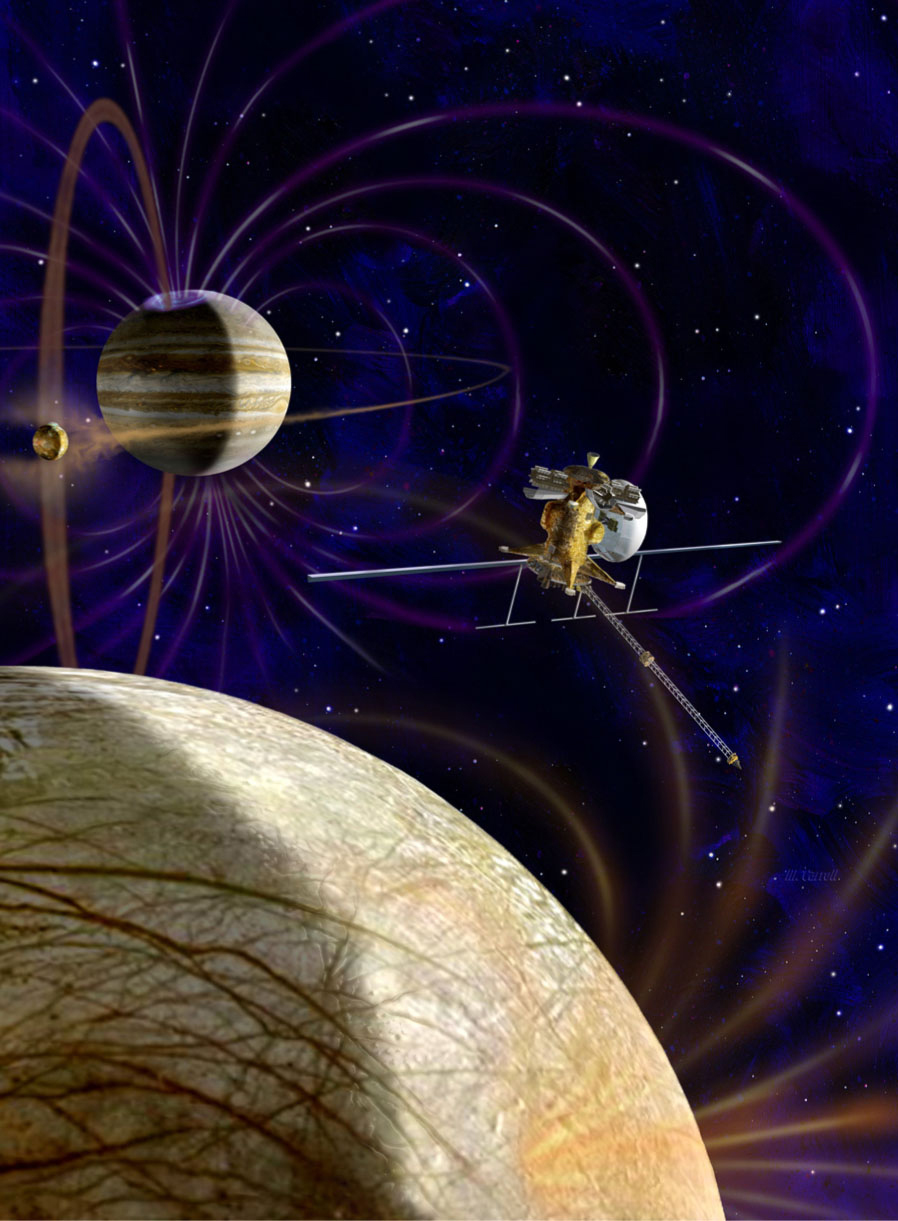
This artist’s concept shows NASA's Jupiter Europa Orbiter, which would carry a complement of 11 instruments to explore Europa and the Jupiter system. The spacecraft is part of the joint NASA-ESA Europa Jupiter System Mission.
Join our Space Forums to keep talking space on the latest missions, night sky and more! And if you have a news tip, correction or comment, let us know at: community@space.com.

Space.com is the premier source of space exploration, innovation and astronomy news, chronicling (and celebrating) humanity's ongoing expansion across the final frontier. Originally founded in 1999, Space.com is, and always has been, the passion of writers and editors who are space fans and also trained journalists. Our current news team consists of Editor-in-Chief Tariq Malik; Editor Hanneke Weitering, Senior Space Writer Mike Wall; Senior Writer Meghan Bartels; Senior Writer Chelsea Gohd, Senior Writer Tereza Pultarova and Staff Writer Alexander Cox, focusing on e-commerce. Senior Producer Steve Spaleta oversees our space videos, with Diana Whitcroft as our Social Media Editor.









